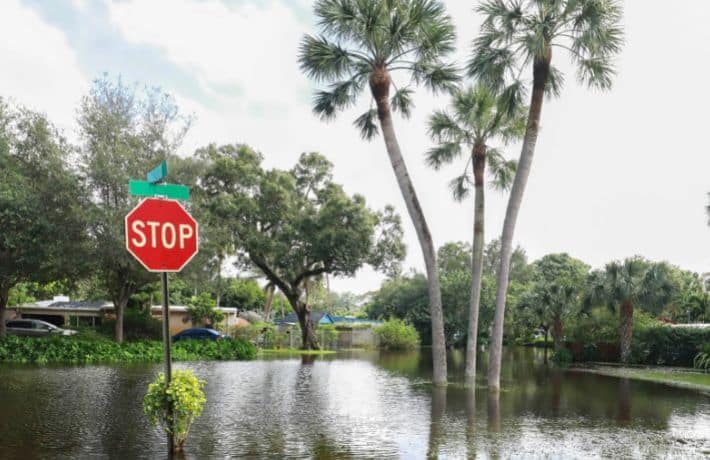Why Do We Continue to Build in High-Risk Areas?

More Americans are moving into harm’s way. According to analysis from real estate brokerage firm Redfin, the U.S. counties with the largest share of homes facing high heat, drought, fire, flood, and storm risk all saw their populations grow from 2016-2020. In Florida, US Census data shows the population in the Fort Myers-Cape Coral metro area, which was among the most heavily devastated areas from Hurricane Ian in late September 2022, jumped from around 444,000 in 2000 to more than 787,000 in 2021.
What is causing this population surge in high-risk areas? Why is it happening and what will be the result? Will the increase in at-risk development and the resultant increase in flood insurance premiums impede the NFIP reform we so desperately need?
We know that development in high flood risk areas has exceeded development in low flood risk areas for decades. Why is that and how is it impacting how the nation manages flood risk? When the NFIP was enacted in 1968, it was thought that it would encourage communities to avoid high-risk development. That did not happen. Why? One of the main reasons is that the short-term rewards for a community to allow that development exceeds the long-term rewards of avoiding risky development.
How can that be? The NFIP was created with the belief that an effective NFIP would reduce the need for federal taxpayer funded disaster relief. In reality, federal taxpayer funded disaster relief has increased substantially in the past decades. The non-federal share of disaster relief has decreased to 25%, and when the disaster was really large, it may drop to 10% or even zero. This CRS report provides an historical look at the broadening federal role in disaster relief.
Allowing development rewards communities with property taxes, which are the largest source of tax revenue for local governments. Local elected officials are the ones who decide whether to allow at-risk development in high-risk areas. Often, they think “Why not? Allowing the development brings in money, and if that development gets flooded, the federal taxpayer will come in and bail us out.” While the locals may have some costs, the short-term monetary rewards often favor allowing the development. Some progressive communities look at long-term costs and safety of their citizens and property owners and do everything they can to avoid development at high-flood risk. We applaud those communities.
The increase in at-risk development led to the NFIP realizing its flood insurance premiums were covering less and less of the cost of flood damage covered by its policies — especially as reconstruction costs rapidly increase. As a result, the NFIP’s new rating system significantly increases rates for many homeowners. Many of those homeowners (and renters) are economically or socially disadvantaged, and end up dropping their flood insurance coverage. That means post-disaster assistance once again falls to the disaster relief program, and that support is meager at best.
ASFPM has been meeting with the new Congress to discuss progress on NFIP reform. As we know, Congress has kicked the can down the road some 20+ times since 2017 rather than reauthorize and reform the NFIP. Some members of Congress tell us reform will not likely happen until property owners in high-risk areas start to realize the impact of insurance rates based on true actuarial risk through Risk Rating 2.0, so they can address the cost of insurance issue. This is perplexing. NFIP reform could happen now. There really is no reason to wait. If affordability for many of their constituents is the issue, simply add an affordability provision to the reform that will help lower income homeowners and renters with premiums. This assistance should not be funded by the NFIP, but through some other taxpayer funded program.
Both the House and Senate have indicated some interest in NFIP reform, but it is not high on the “to do” list. We will continue to work to educate those on Capitol Hill and will keep you posted on this important issue.


